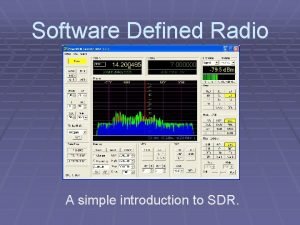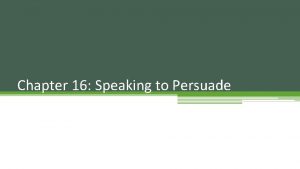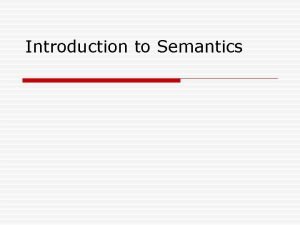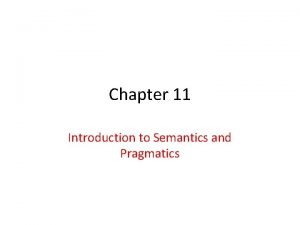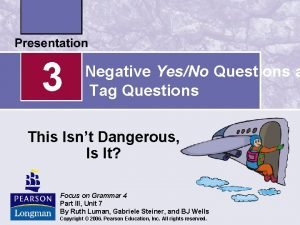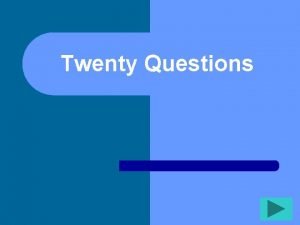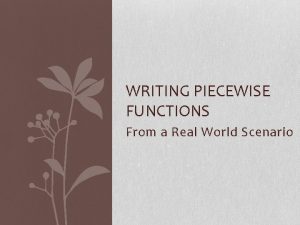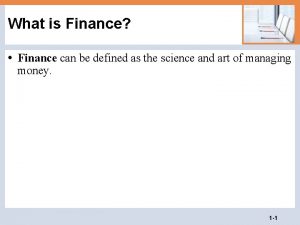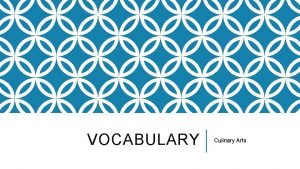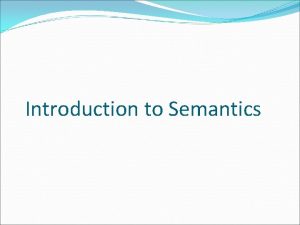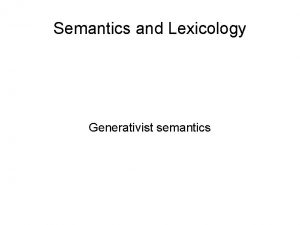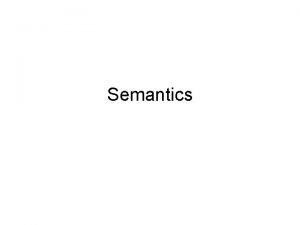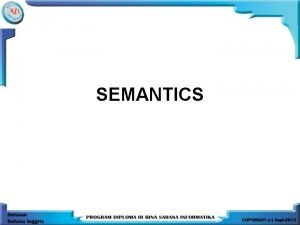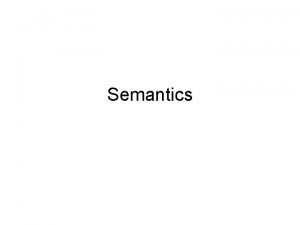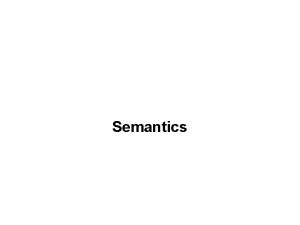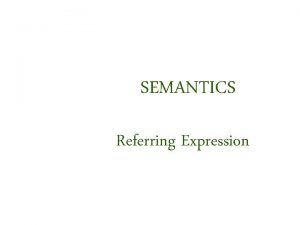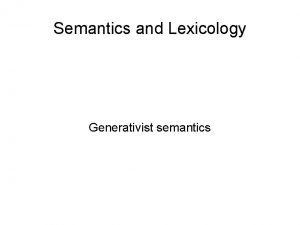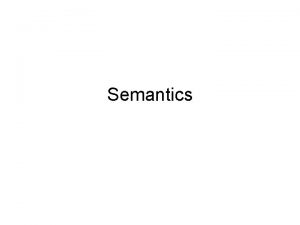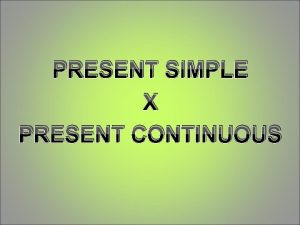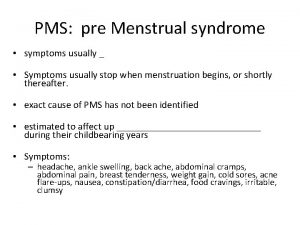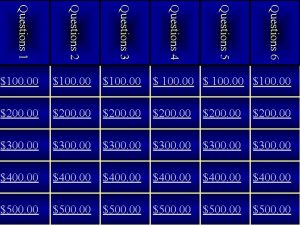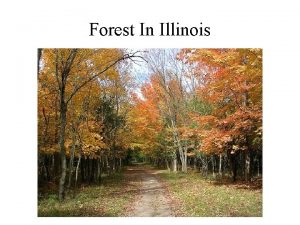Introduction to Semantics Questions Semantics o Usually defined



















- Slides: 19

Introduction to Semantics

Questions… ?

Semantics o Usually defined as that part of Linguistics that deals with meaning o This lecture will try to outline: n How to identify semantics and meaning?

References o Introducing English Semantics (1998) by Charles W. Kreidler o Semantics (1997) by John I. Saeed o Semantics: a Coursebook (1983) by Hurford and Heasley o Semantics 2 nd Edition by R. A. Palmer o Language Files: a compilation (Advocate Publishing Group)

Part 1 Preliminaries

The problem of knowledge (I) o Here’s a perfectly ordinary English sentence: n Arnold Schwarzenegger is better at lifting things than he was at governing states. o Have you ever heard this sentence before? n Even if you haven’t you are still able to understand it.

Semantics as part of grammar o Grammar (in the linguist’s sense) is a characterisation of the knowledge of a speaker/hearer (to produce and comprehend the language) o Semantics is part of a speaker’s (listener’s) linguistic knowledge. n Therefore, semantics is part of grammar. n Speakers have some internalised knowledge such that: o They understand what other people mean o They are able to say what they mean

Compositionality o The guiding principle to explaining the productivity of meaning is the Principle of Compositionality n The meaning of a sentence is a function of the meaning of its component words and the way they’re combined.

Semantic Composition o Remember, we don’t just add up all the word meanings to get the meaning of the whole. If semantics worked this way, we should expect the two sentences the cat chased the dog and the dog chased the cat to mean exactly the same words or maybe the chased dog cat the

Semantic Triangle reference symbolizes refers to symbol referent stands for object

Ogden & Richards (1923): Symbols and Semantic Triangle Concept “Jaguar“ Symbol Thing

Part 2 So what can a semantic theory look like?

An example situation So did you like the food? You made great black coffee.

Requirements for our theory (I) o What kinds of knowledge do you need to understand a reply such as you made great black coffee: n Word meaning: o black, coffee, great, make, you n Phrasal and sentence meaning (Compositionality): o black + coffee o You, (great + black + coffee) + (make + PAST)

Sentence Meaning o The basic sentence type is declarative. o The main use of language is to describe states of affairs. o The meaning of sentences should be described in terms of truth and falsity

Context o The phrase you made great black coffee seems to acquire new shades of meaning in different contexts: n You’re a hopeless cook, but at least, the coffee was OK… n You completely failed to impress me…

What is meaning? Conceptual meaning and contextual meaning 1: conceptual meaning: basic, essential components of meaning which are conveyed by the literal use of a word. 2: contextual meaning: also called associative meaning or connotative meaning. Meaning conveyed in a specific context. NOTE: semantics focuses its attention without considering the specific situation in which the word is used or the sentence is spoken.

Semantics vs. pragmatics n Literal/conventionalised meaning o “core meaning”, independent of context o This belongs to semantics proper n Speaker meaning & context o What a speaker means when they say something, over and above the literal meaning. o This and other “contextual” effects belong to pragmatics

Summary o Semantics is part of linguistic and encyclopaedic knowledge o This is productive and systematic n Compositionality of meaning helps us to explain how people can interpret a potentially infinite number of sentences o Theories of linguistic meaning must account for distinctions between: n Linguistic knowledge and world knowledge n Literal meaning vs contextualised or non-literal meaning
 Well defined sets examples
Well defined sets examples Compare procedural semantics and declarative semantics.
Compare procedural semantics and declarative semantics. Softrock ensemble ii rx
Softrock ensemble ii rx Speeches on questions of value are usually organized
Speeches on questions of value are usually organized Semantic triangle
Semantic triangle Introduction to semantics
Introduction to semantics Body paragraph
Body paragraph If vs whether
If vs whether Situation relating question example
Situation relating question example Negative yes no question
Negative yes no question Games to play with family at home
Games to play with family at home In pairs answer the questions below
In pairs answer the questions below How to use piecewise functions in real life
How to use piecewise functions in real life Define work
Define work Finance can be defined as the
Finance can be defined as the Meaning of fattom
Meaning of fattom Usability quality attribute that assesses
Usability quality attribute that assesses Conflict is defined as
Conflict is defined as Ambiguously defined triangle
Ambiguously defined triangle Learning is defined as
Learning is defined as


